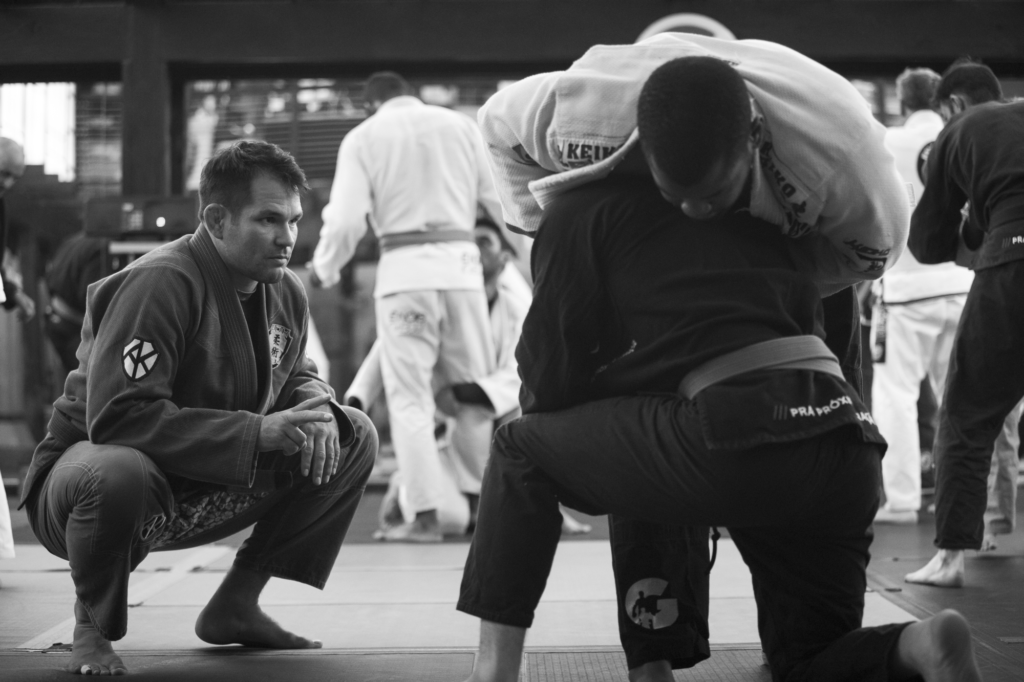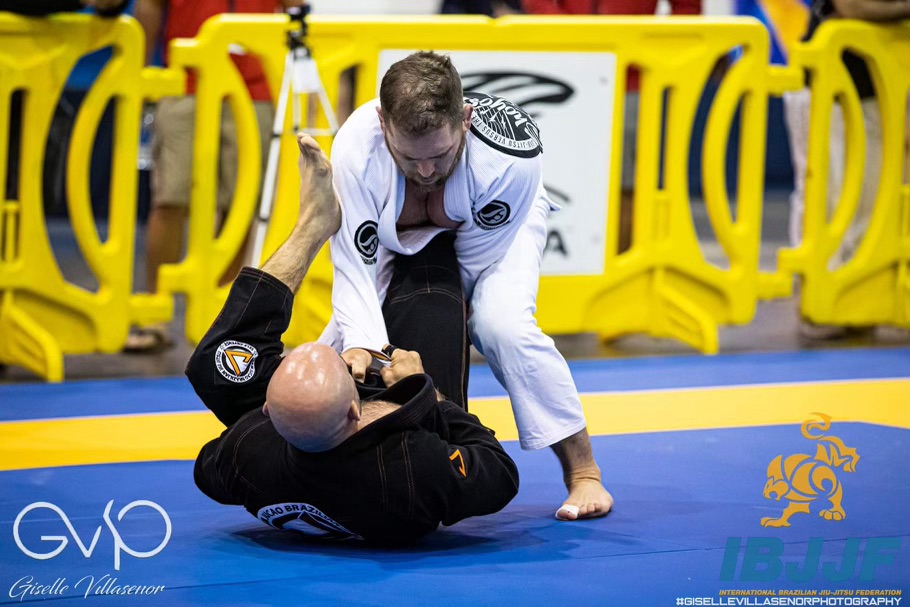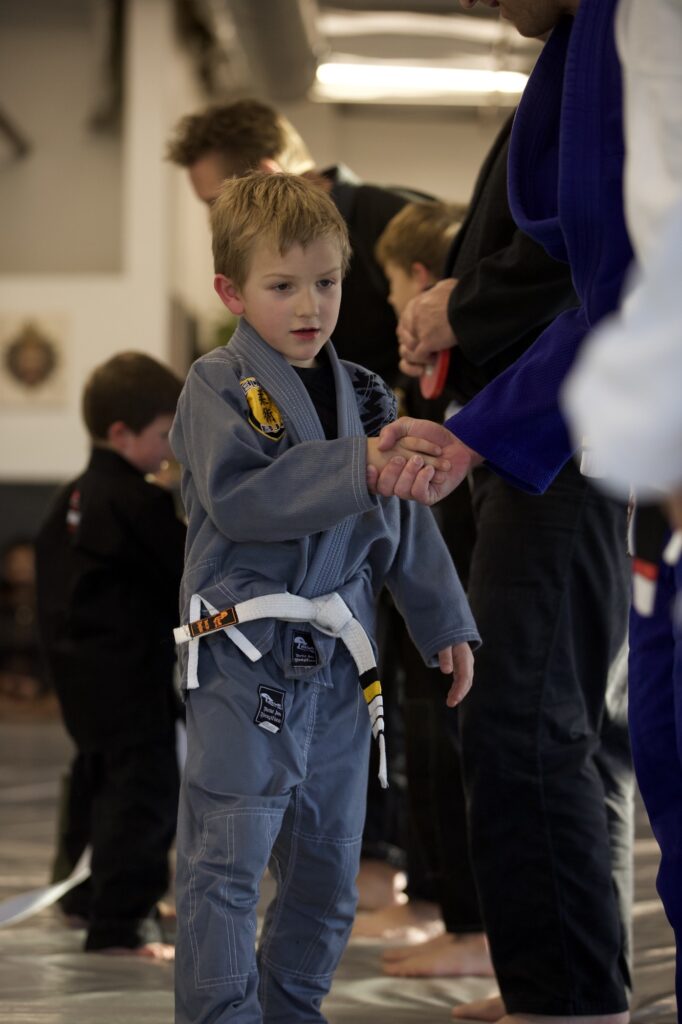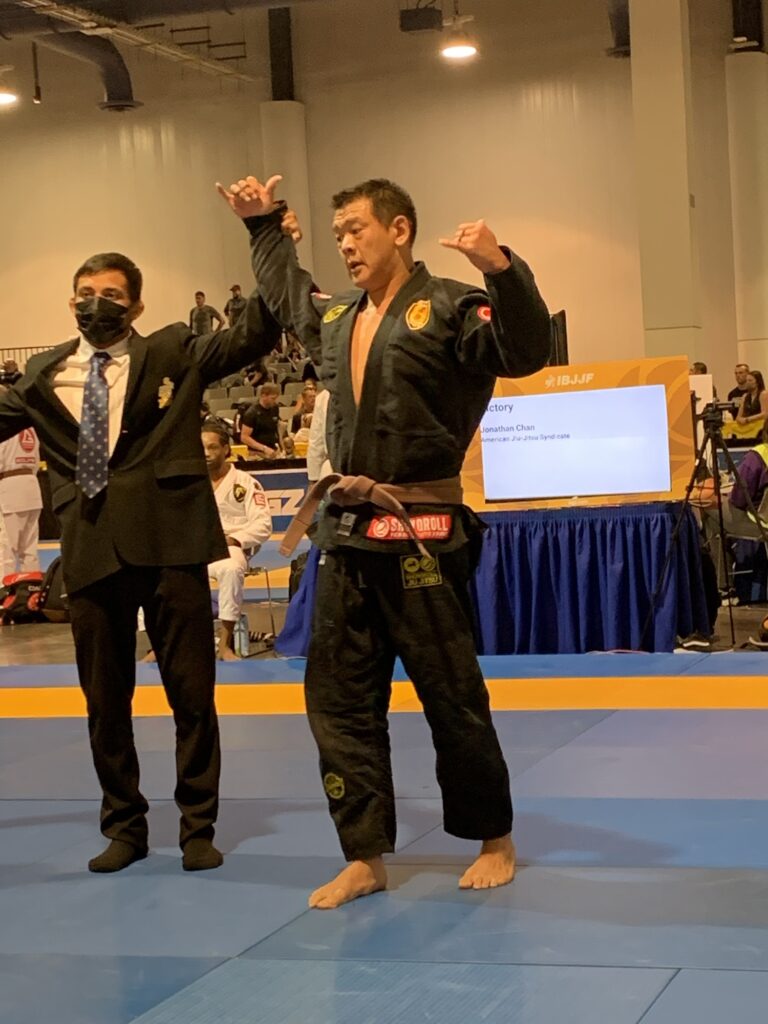
El Dorado Hills Jiu Jitsu is excited to shine a spotlight on one of the most groundbreaking events in the grappling world—the Craig Jones Invitational (CJI). This event is set to redefine the landscape of competitive jiu-jitsu with its staggering prize pool and unique format, where the world’s best grapplers will compete for a chance to win $1 million in a fierce new arena known as “The Pit.”
The Stakes: $1 Million to Win, $10,000 to Show
The CJI isn’t just another jiu-jitsu competition—it’s a game-changer. With a $1 million prize awaiting the winner, the stakes are higher than ever before. Each participant receives $10,000 just for stepping onto the mat, but the ultimate goal is the seven-figure payout reserved for the last man standing. This massive prize pool has attracted top-tier talent from around the globe, ensuring that the competition will be as intense as it gets.
The Pit: A New Arena for Grappling
What truly sets the CJI apart is its innovative competition format—The Pit. Unlike traditional mats or cages, The Pit is designed to force non-stop action and continuous engagement. This sunken, circular arena leaves no room for running or stalling, pushing competitors to stay in the fight at all times. The Pit’s design amplifies the intensity of the matches, creating an environment where every move matters and only the most strategic and aggressive grapplers will prevail.
For spectators, The Pit promises to deliver some of the most thrilling jiu-jitsu action ever seen. With nowhere to hide and no breaks in the action, the matches will be a true test of skill, endurance, and willpower.

The Evolution of Competitive Jiu-Jitsu
The Craig Jones Invitational represents a significant evolution in the sport of jiu-jitsu. The combination of high stakes and a groundbreaking format reflects the growth and mainstream appeal of the sport. For those of us at El Dorado Hills Jiu Jitsu, the CJI serves as an inspiration—a reminder that the limits of what’s possible in jiu-jitsu are constantly being pushed.
This event is also a testament to Craig Jones’ influence on the sport. As a world-renowned grappler, Jones has always been at the forefront of innovation in jiu-jitsu, and the CJI is a natural extension of his vision to elevate the sport to new heights.
Why This Matters to Our Students
At El Dorado Hills Jiu Jitsu, we emphasize the importance of setting goals, embracing challenges, and constantly pushing your limits. The Craig Jones Invitational embodies these values. While few of us will compete for a million-dollar prize, the principles that drive success in the CJI—discipline, resilience, and strategy—are the same ones we cultivate on the mats every day.
We encourage our students to watch the CJI, not just for the spectacle, but as a source of inspiration. The competitors who enter The Pit are demonstrating the highest levels of skill and determination—qualities that we strive to develop in each of our members.

Join Us on the Journey
As we continue our training at El Dorado Hills Jiu Jitsu, let the Craig Jones Invitational serve as a reminder of the possibilities within martial arts. Whether you’re just beginning your journey or you’re an experienced practitioner aiming for your next milestone, the lessons learned on the mats prepare you for any challenge—be it in competition or in life.
Stay focused, train hard, and remember that every time you step onto the mat, you’re one step closer to achieving your own personal victory.
El Dorado Hills Jiu Jitsu is here to support you in your martial arts journey, whether you’re looking to improve your technique, compete at the highest level, or simply become the best version of yourself. Stay tuned for more updates, events, and inspiration from the world of jiu-jitsu.






























